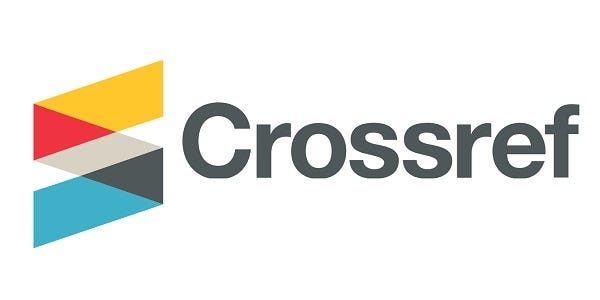ANALISIS REVENUE SHENANIGANS PADA PERUSAHAAN PT GARUDA INDONESIA (PERSERO) Tbk
DOI:
https://doi.org/10.47080/progress.v4i2.1317Keywords:
Revenue Shenanigans, Garuda Indonesia, Manipulate ReportAbstract
Revenue shenanigans was actions that present false financial statements or manipulated reports with several techniques was included recorded income at the beginning, recorded fake income, diverted income to the next period. This study utilized a qualitative approach in explaining the phenomena that occured in detail and the source of the data used was secondary data. The purpose of this paper was to analyze the revenue shenanigans that had been violated by PT Garuda Indonesia Tbk. The result of this study proved that PT Garuda Indonesia Tbk had made the 1st revenue shenanigans in manipulating its financial statements.
References
Ikatan Akuntan Indonesia. (2015). Pernyataan Standar Akuntansi Keuangan. Jakarta: Ikatan Akuntan Indonesia.
Jamieson, D., Awolowo, I. F., Garrow, N., Winfield, J., & Bhaiyat, F. (2019). Revenue shenanigans: The importance of anti-fraud education. Journal of Governance and Regulation, Vol. 8, No. 3, h. 58–63.
Pratiwi Rika, H. (2019, April 24). Dua Komisaris Garuda Indonesia Tolak Laporan Keuangan. Diakses tanggal 9 Mei 2021 dari https://www.cnninones ia.com/ekonomi/20190424155941-92-3 89264/dua-komisaris-garuda-indonesia -tolak-laporan-keuangan.
Sakti, E., Tarjo, Prasetyono, & Riskiyadi, M. (2020). Detection of Fraud Indications in Revenue Statements Using Revenue Shenanigans. Asia Pacific Fraud Journal. Vol. 5, No. 2, h. 277–287.
Schilit, H. M. & Perler, J. (2010). Revenue Shenanigan (3rd ed). New York: Mc Graw Hill. Diakses tanggal 9 Mei 2021 dari: http://digilib.stiem.ac.id:8080/js pui/bitstream/123456789/230/1/Financial%20Sh enanigans.pdf.






 Indexing Databases:
Indexing Databases:



